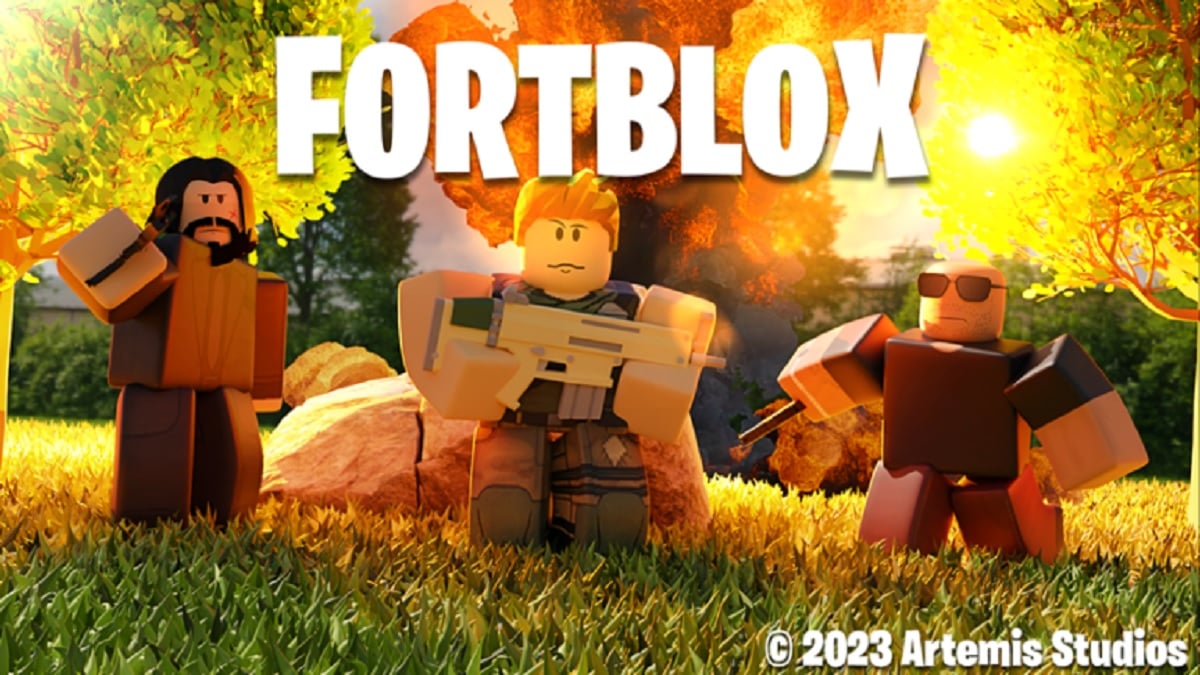Ori and the Blind Forest on Xbox One, PC, and later on Xbox 360
Lately there have been many games seeking to push the boundaries between cinematic and fun. Crossing the streams in order to provide top-notch entertainment through gameplay while also delivering a solid, moving narrative. It is an admirable endeavor yes, but it often comes at a price that not everyone is willing to pay. Moon Studios hopes to bring something to the table that offers both narrative and gameplay not only on equal grounds, but at a higher level than almost anything else offered today. Those hopes were poured into the studio’s first release; Ori and the Blind Forest.
Ori and the Blind Forest is the love child of the best animated films and classic platforming action. Inspired by the stories of love one might expect to encounter in the greatest Disney movies and built around some of the studio members’ favorite games, Ori and the Blind Forest is a culmination of art, narrative, and mechanics that have been building up over the past few decades.
Set in the titular Blind Forest you take on the role of Ori, a young forest spirit who finds himself without home nor family when he is taken in by a mysterious denizen of the forest. After some time as passed, and your love for one another has grown, a series of unfortunate events unfolds and sends Ori on a journey through the world as he seeks to discover himself. On your travels you will encounter monsters, and a force that will do absolutely anything to stop you from achieving your goal. What follows is a coming of age story that forces Ori to grow and learn as he tries to fix the forest, and find understanding.

This story is told in a way that is so unobtrusive that it lends to an unprecedented sense of ambiance as you learn what ails the woods of Ori and the Blind Forest. Every aspect of the game was built around conveying this narrative to you, the player, without constantly stopping you and dragging you out of the experience. Instead of a constant barrage of cutscenes set in the masterfully crafted, beautiful world you are instead treated to writing across the sky that feed you bits of the story as you progress.
The deep, booming voice of Ori and the Blind Forest‘s narrator creates a sense of wonderment as you try to place the language it speaks in. While the developers could have easily used english voices for the narration of the game, they instead opted for something that felt like it belonged. A language that comes across as almost too pure for any human, and too ancient to even get a grasp of its age. The fully orchestrated music has the same effect, adding a sort of ethereal melody to Ori and the Blind Forest that always manages to match both what’s happening on screen and what the player is feeling.
Of course Moon Studios didn’t place all of their bets on some of the best sound in gaming to date. The very structure of this colorful world helps lend to the story just as much as anything you’ll find yourself hearing or reading. While it is obviously a platform heavy title, the areas of Ori and the Blind Forest lack that element of oddly placed structures. Far too often in games that rely on a jumping mechanic do we see pieces of landscape oddly floating just to serve as a platform for the player. This isn’t the case in Ori and the Blind Forest.
Functionality never trumps art, and that creates a world that looks and feels real. The player is transplanted into a beautiful, believable, magical forest setting that does it’s best to never let you realize you’re really just playing a platforming game.

When combined with the absolutely stunning visuals, unmatched in both their depth and beauty as they are, these elements serve to form a solid stage for Ori and the Blind Forest‘s second star to shine. That star is the unforgivable yet fair platforming action that serves as the core of the game’s mechanics.
Ori and the Blind Forest is a platformer that falls under the Metroidvania banner of games. The meticulously crafted world has many shortcuts, and hidden paths just begging to be explored. But, as in all Metroidvania style games, you will often need to come back later on after you’ve gained some much needed skills and experience. Even so, Ori and the Blind Forest never makes you feel as if you’re missing out. Bumping into temporarily insurmountable obstacles would normally prove frustrating, but instead you’ll find yourself eagerly seeking out some other beautiful area of the Blind Forest.
While exploring players will come to find that controls in Ori and the Blind Forest are very tight. Precision is the name of the game, so working on timing, angles, and speed is a must. The game may start out simple enough but as you progress different types of environmental puzzles will begin to reveal themselves. Utilizing each new skill you come across will be the only way to get through. Figuring out different combinations for each of addition to your growing move set provides its own reward as you manipulate Ori to run, jump, bounce, flip, and glide his way around in Ori and the Blind Forest.
To stir things up there is even a bit of combat thrown into the mix. The combat starts off pretty basic, allowing you to fire small blasts at enemies as you use your traversal skills for dodging. Over time you will discover other ways to both dispatch the less friendly denizens of the Blind Forest, and to use them to your advantage as well. In fact everything in the game is there for you to manipulate to your own advantage in one way or another.

It’s easy to look at Ori and the Blind Forest and see nothing more than an art intensive, shallow indie game. There will be those that quickly write it off with no more than a passing glance, but to those it must be said that you’re doing yourself a severe disservice. Under all the bells and whistles of the elaborate painting that is Ori and the Blind Forest lies a game that forces you to rethink how you view enemies, platforms, threats, and even open spaces. There is a lot of strategy required to make it through the varied areas of the game.
You may come across an enemy just hanging around, but then discover that there is a hard to reach side area in your immediate vicinity. You can either avoid the enemy and not risk losing any of your precious health, take the enemy out, or figure out a way to use the enemy as a stepping stone to find some much needed secrets. Ori and the Blind Forest is rife with such opportunities. Whether it’s using enemies in different ways or combining your traversal skills in order to take a quicker (but sometimes less safe) route through some deadly environments.
Even resource management plays a major role in Ori and the Blind Forest. Energy is one of your resources that powers some of your attacks , can open up secret paths, and is also required to make Spirit Links (temporary save points) as long as there are no enemies around. Deciding to use an orb to save now may mean not being able to defeat a powerful foe a minute later. That constant voice in the back of your mind that tells you to push on at the risk of having to repeat everything you just did just to ensure that you can face the unknown will be one you will find yourself reasoning with several times throughout the campaign.
Strategy also comes in the form of a decently sized skill tree. There are three branches; Combat, Utility and Efficiency. Each of these help to improve your combat skills, your resource management, traversal, and other useful perks. You earn experience by defeating enemies, destroying certain items, or by finding light orbs scattered throughout the world. Once you gather enough you will gain an ability point which can then be spent in either of the three trees. While it is fully possible to take your time and max out all three skill trees, for those who want to just get through the game choices will have to be made.

Do you increase the damage of your Spirit Flame? Or, perhaps you’d like to add healing to every Spirit Link you create? It all comes down to your play style and how you want Ori to interact with the world. Every tiny component adds to the strategy and subsequently to the overall experience Ori and the Blind Forest builds for you.
This is all seen best during one of the few huge set pieces you will find yourself a part of after completing certain areas. These events, which usually play out like a chase of sorts, will force you to use everything you’ve learned and acquired up to that point as you fight against the environment, enemies and time. Most of Ori and the Blind Forest is a relaxing affair full of puzzles and exploration, but these few occurrences will set your heart racing as navigate some truly ornate obstacle courses.
Unfortunately, it’s during these carefully orchestrated set pieces that some of Ori and the Blind Forest’s cracks begin to show. While it doesn’t happen always, when everything reaches a fever pitch during gameplay you will notice a bit of chugging. Normally this isn’t too big of an issue, but this game is rather unforgiving in it’s requirements for precision. More often than not, one small misstep will spell death for Ori so when the framerate starts acting sporadically, your timing can be thrown off in usually fatal ways.
These framerate issues were only noticed during some of the huge chase sequences. But, considering the fact that these sections of the game have no check point this may cause quite a bit of frustration for those less than excited to constantly replay the same minute of gameplay over and over. It’s the only flaw that seems to show through the almost perfect sheen, but it is one that definitely calls itself to attention when you players find themselves in a difficult situation.

Still, with that one issue, Ori and the Blind Forest manages to achieve the goal Moon Studios set out to achieve. A story that takes you through notions of love, hate, anger, discovery, regret, and forgiveness; and gameplay that is both precise, strategic, and engaging. Every single element of the game lends itself to all that surrounds it in order to make one well thought out, cohesive experience. Nothing ever feels out of place and that shows the extreme dedication the developers had while creating this truly splendid title.
Ori and the Blind Forest is proof that those who want a game with a deep story and top-notch gameplay can have their cake and eat it too.




Published: Mar 9, 2015 11:12 pm